In our youth survey, children who indicated they don’t play sports very often cited lack of program information — it was the sixth-most-popular reason among 16 answer choices.
Low- and medium-income youth are two to three times more likely than the wealthiest children to lack enough information on sports programming.

